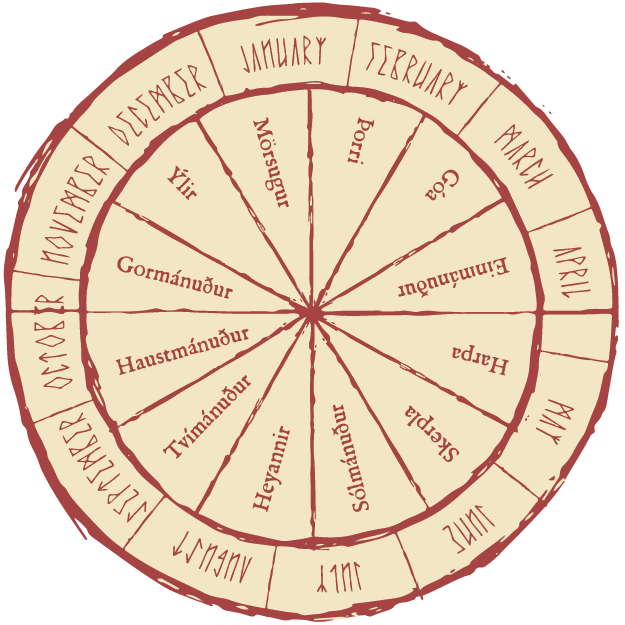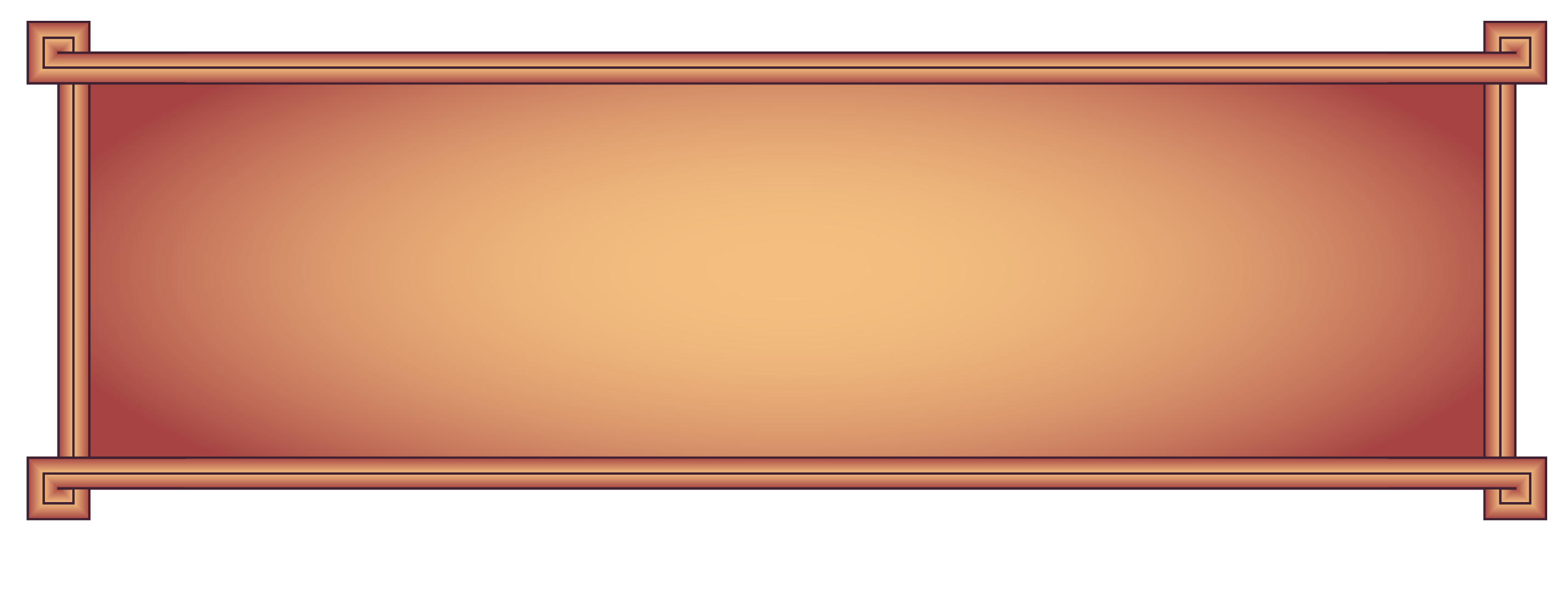
YULE
The name Yule is derived from the Old Norse HJOL, meaning ‘wheel,’ to identify the moment when the wheel of the year is at its lowest point, ready to rise again. HJOL has been inherited by Germanic and Scandinavian languages from a pre-Indo-European language level, and is a direct reference to the return of the Sun represented as a fiery wheel rolling across the heavenly sky. Yule celebrations and traditions at the winter solstice predate Christianity by thousands of years.
DISTING
Also called ‘Charming of the Plough’ after the Anglo-Saxon spell and ceremony. Recorded as a regular feast only in Sweden, this blessing takes place in early or mid-February. The name means ‘Thing (assembly) of the Goddesses’. In Sweden, it was the first public moot/fair of the year; in Denmark, this is the time when the first furrows were ploughed in the field (an activity much hedged about with folk custom). This is a feast of new beginnings, at which the work of the year to come is blessed.
OSTARA
Ostara is celebrated on the spring equinox around March 21. This feast marks the beginning of the summer half of the year. It is named after the goddess Ostara (Anglo-Saxon Eostre), who was such an integral part of heathen Germanic culture that the Christians stole and absorbed it as their own spring feast which was adapted for the Paschal holiday, and was converted to the Christian Easter. Her name is related to the Germanic words for “east” and “glory”; she was the embodiment of the springtime and the renewal of life. At the equinox, the sun rises directly in the east and sets directly in the west. In the northern hemisphere, before Ostara, the sun rises and sets more and more to the south, and afterwards, it rises and sets more and more to the north.
MAY EVE
It is named after a woman called “Valborg” born in 710 somewhere in Dorset / Wessex as a niece of Saint Boniface. Viking fertility celebrations took place around April 30 and due to Valborg being declared a saint at that time of year, her name became associated with the celebrations. Valborg was worshipped in the same way that Vikings had celebrated spring and as they spread through out Europe the two dates became mixed together and created the Valborg celebration.
MIDSUMMER
Midsummer is the religious celebration held at the summer solstice. Midsummer-related holidays, traditions and celebrations are found in all the Germanic countries of Northern Europe. Midsummer’s eve is considered the second greatest festival of the Germanic holy year, comparable only to the 12 days of Yule. At the time of this solstice, the Earth is in that point of its orbit at which the hemisphere in question is most tilted towards the sun, causing the sun to appear at its farthest above the celestial equator.
FALLFEST
Fallfest of is another joyous festival in the Asatru holy calendar, and falls on the Autumn Equinox, and is the beginning of autumn in the northern hemisphere: the moment when the sun appears to cross the celestial equator, heading southward; the equinox occurs around September 22 – 24, varying slightly each year according to the 400-year cycle of leap years in the Gregorian Calendar. Fallfest represents the second harvest of the season.Bonfires, feasting and dancing played a large part in the festivities. Even into Christian times, villagers cast the bones of the slaughtered cattle upon the flames, cattle having a prominent place in the pre-Christian Germanic world. (Though folk etymology derives the English word “bonfire” from these “bone fires,”) With the bonfire ablaze, the villagers extinguished all other fires. Each family then solemnly lit their hearth from the common flame, thus bonding the families of the village together.
FREYFEST
The name Lammas is taken from an Anglo-Saxon heathen festival which was forcibly Christianized. The name (from hlaf-mass, “loaves festival”) implies, it is a feast of thanksgiving for bread, symbolizing the first fruits of the harvest. Heathens mark the holiday by baking a figure of the God Freyr in bread, and then symbolically sacrificing and eating it.
HARVESTFEST
Winternights marked the final end of harvest and the time when the animals that were not expected to make it through the winter were butchered and smoked or made into sausage. The festival was a time of honouring the ancestral spirits, the spirits of the land, the Vanir, and the powers of fruitfulness, wisdom, and death. Among the Norse, the ritual was often led by the woman of a family. A common custom was the hallowing and leaving of the “Last Sheaf” in the field, often for Odin.
